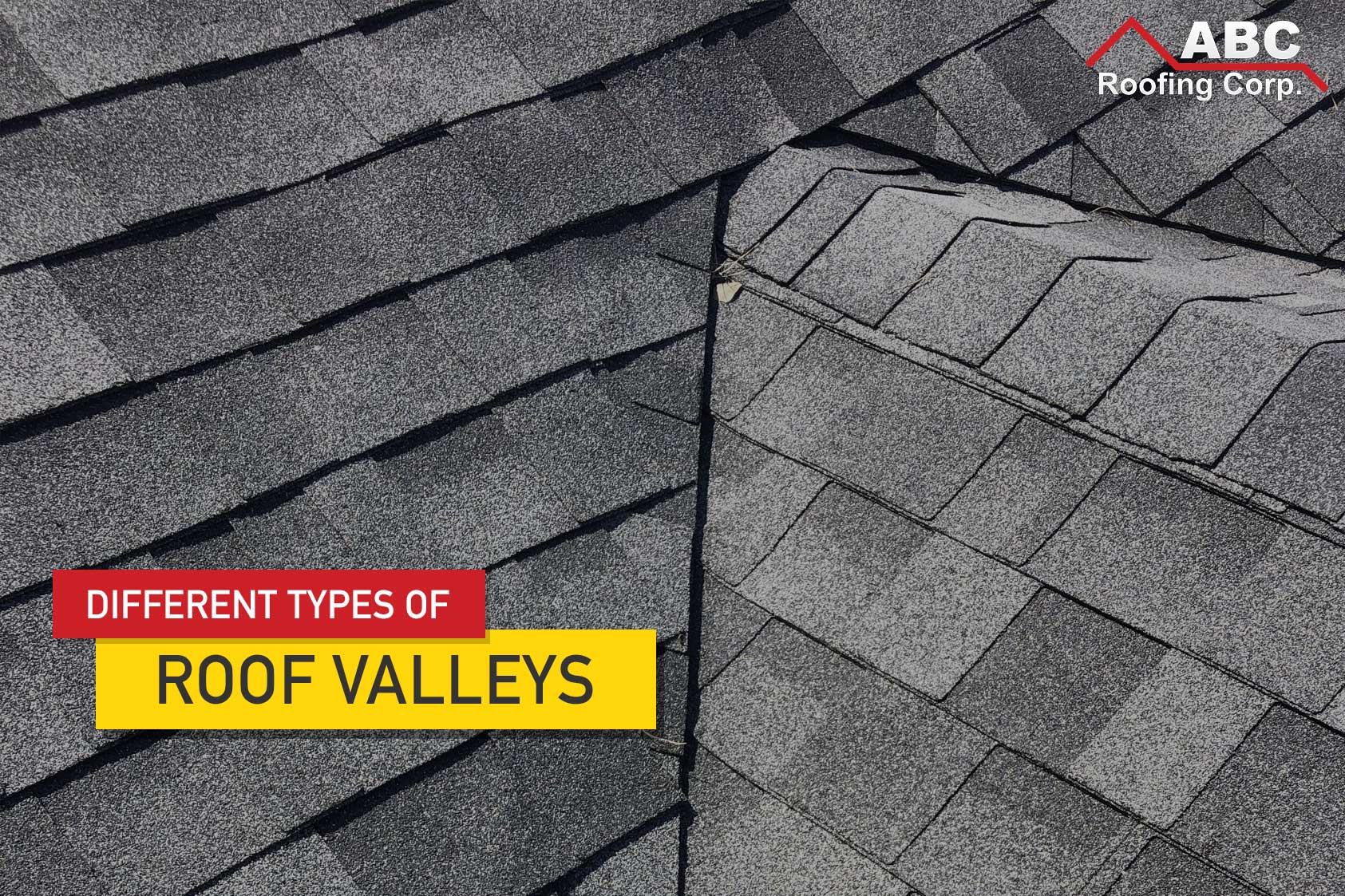
A roof valley is an architectural term to define the slope where two roofs meet. Technically, they are the vee-shaped metal channels formed at the ‘folds’ of a roof.
A roof valley is one of the most important parts of the roof because it’s the way water pours down to the gutter. The vee-shaped valley allows excessive amounts of rain to pour off of your roof. A collapsed roof will cause tremendous amounts of money in damages and is the result of a poorly constructed roof valley.
Most roof valleys are galvanized, which causes corrosion. Replacements are very common and very expensive. According to experts, 7% of homeowners re-roof every year.
Nowadays, if you are thinking of replacing your roof valley or you are building a new home, you have several options.
How Do I Know When My Roof Valley Is Deteriorating?
When the roof valley in your home is beginning to go bad as a result of a leak, the ceiling under the area will begin to stain. If there is a rust hole in the roof valley, a leak will begin to drip into your home. The roof valley hole may also be blocked with leaves. In that case, a large amount of water after a storm or a heavy rainfall will pour into your home.
Don’t wait for your roof to collapse! Make sure your roof and your home are protected with the most effective roof valley. Every home is different and requires different valleys.
There Are Two Types Of Roof Valleys
Open Valley
An opened roof valley is when the roof covering material ends a few inches before the centerline of the valley. In its place is a lining made of metal.
Imagine a roof made of tiles. The entire roof is composed of tiles, except the valley where the two roofs meet is a flat metal plate. A valley composed of a metal lining will protect the roof from water intrusion. Instead of a flat piece of metal, a roof could encounter problems if the shingles or tiles compose the valley.
There are some cases where the shingles or tiles may not line up exactly airtight in the valley, which could prevent water form flowing freely off the roof.
Closed Valley
A closed roof valley adds an extra layer of protection to your roof. There are two types of closed roof valleys, cut and woven.
Before the roof is constructed, the builder will install protection over the entire roof. While building the roof, the roofer will install shingles or tiles through the valley so that the entire valley is covered. In a closed roof valley, the Tiles or shingles serve as the valley lining.
The closed roof comes in two types, cut and woven. The difference between the two is predominantly aesthetics. The cut roof looks like an uninterrupted sheet of roofing. Whereas the woven roof is composed of two roofs, intertwined at the edges.
According to ABC Roofing, the metal that makes up the joints around the roof valleys, called roof flashing, is another concern for homeowners that could cause severe leaking into the home. Flashing diverts excessive amounts of water from areas such as the valley.
So which roof valley will last the longest? Architects usually like the closed valley, because they look nicer on roofs. Roofers will prefer an open valley because they insist that the open valley is more practical. After all, there is less chance that fallen leaves and needles will get stuck sliding down an opened valley during rain as opposed to a closed valley. A closed valley roof is cheaper and easier to assemble.
The roof is the most important part of your home. If you want your roof valley to be hidden, choose a closed valley. If you prefer exposed metal, you may want to choose an open valley. Open or closed, it will last longer if it is constructed by experienced roofers.
